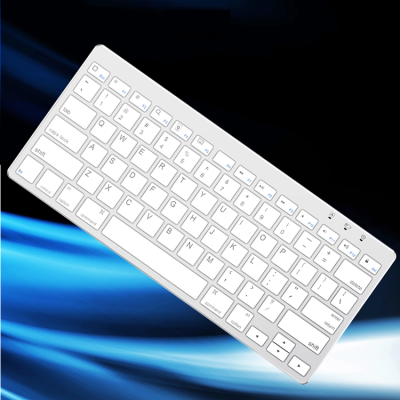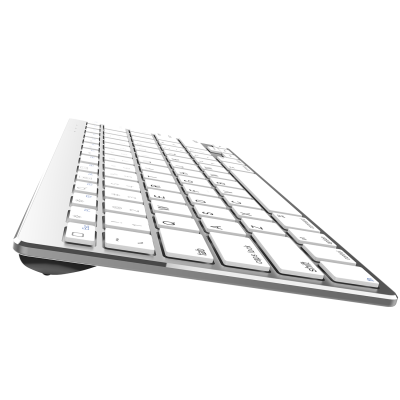1. Panel layer
The panel layer is generally made of exquisite patterns and characters by silk-screening on PET, PC and other colorless and light-transmitting sheets less than 0.25MM. Because the main function of the panel layer is to play the role of marking and buttons, the selected materials must have high transparency. , High ink adhesion, high elasticity, high toughness and other characteristics.
Second, the surface glue layer
The main function of the surface glue is to closely connect the panel layer and the circuit layer to achieve the effect of sealing and connection. This layer generally requires a thickness between 0.05—0.15MM, with high viscosity and anti-aging properties; in production In general, special membrane switch double-sided adhesive is used. Some membrane switches are required to be waterproof and high temperature resistant. Therefore, the surface adhesive must also use materials of different properties according to needs.
3. Control circuit upper and lower layers
This layer uses polyester film (PET) with good performance as the carrier of the switch circuit pattern, and uses a special process to screen-print conductive silver paste and conductive carbon paste on it to make it conductive. Its thickness is generally 0.05– Within 0.175MM, the most common is 0.125MM PET.
Fourth, the sandwich layer
It is located between the upper circuit and the lower circuit layer and plays the role of sealing and connection. Generally, PET double-sided tape is used, and its thickness varies from 0.05 to 0.2MM; when selecting the material of this layer, the overall product should be fully considered. Thickness, insulation, circuit key pack feel and tightness.
Five, the back glue layer
The use of adhesive is closely related to what material the membrane switch is attached to. Common double-sided adhesives, 3M adhesives, waterproof adhesives, etc. are commonly used.









